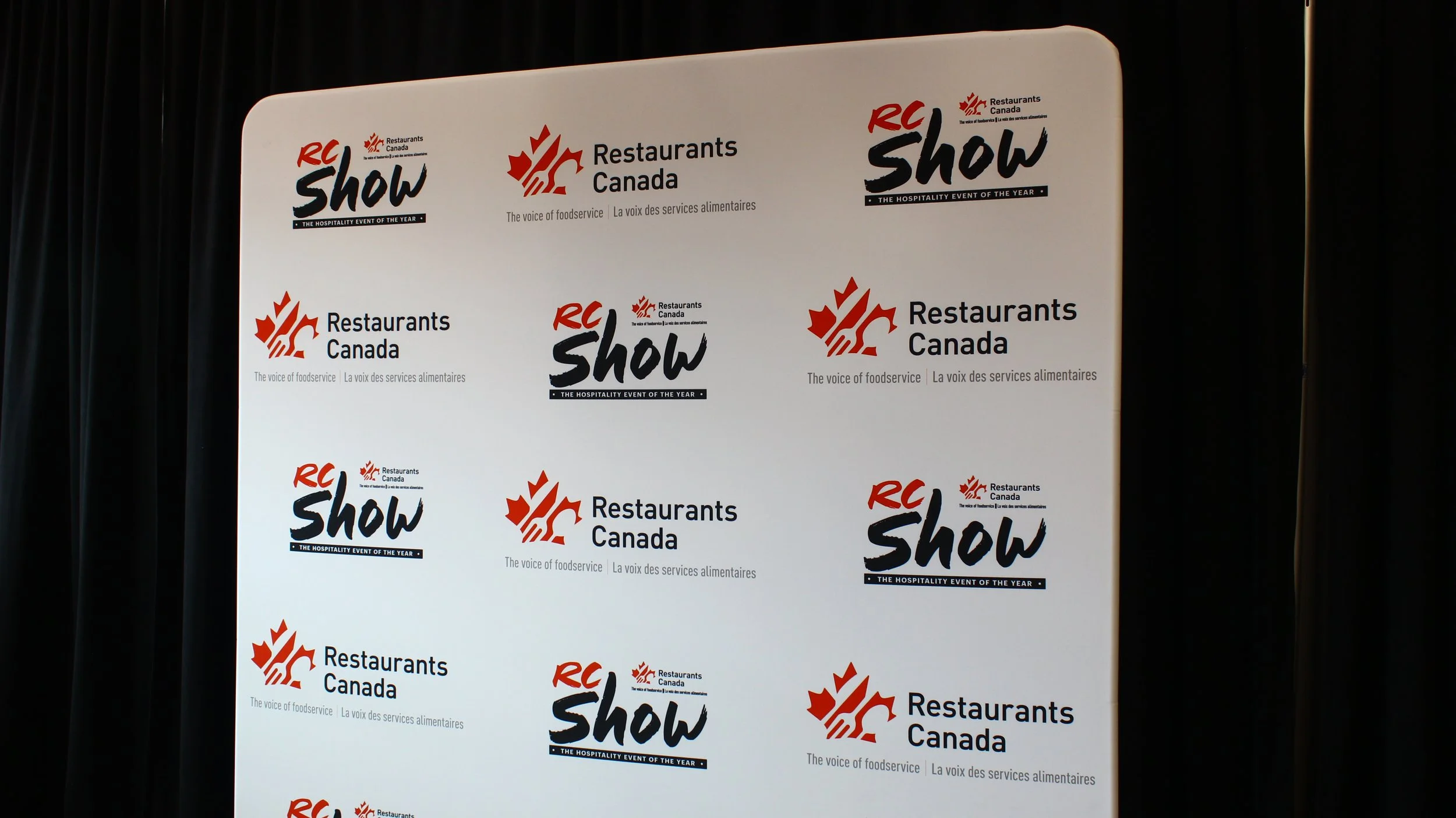Six years ago, while visiting the University of Guelph and their Sustainable Restaurant Program (UGSRP), I first heard the term “straws suck”. Bruce McAdams, UGSRP’s co-creator and sustainable hospitality expert, and I were discussing the issue with plastic straws, when he said he wanted to have t-shirts made that said “Straws suck” to build awareness. The phrase was was clever, and it was accurate.
It has only been the last couple of years though, that awareness of the issue has grown and a slow rebellion against single-use disposable plastics is forming. Local and federal governments are taking steps to eliminate these sources of plastic pollution, such as implementing plastic bag, straw and micro bead bans and using Canada’s G7 Presidency to encourage other countries to take action such as a plastics charter. Canada has also joined the United Nation’s CleanSeas Campaign.
“With approximately 8 million tonnes of plastic ending up in the ocean every year, the CleanSeas campaign is working with governments, the private sector and the general public to phase out the production and consumption of single-use plastics and microbeads within the next five years. If no action is taken, there could be more plastic than fish in the oceans by 2050.” (Source).
Where government leadership is lagging behind, non-profit organizations like Ocean Wise and Surfrider and consumer-based movements are working to bring awareness to the issue.
Why the attack on plastics?
Image courtesy of pixabay.com
Resource intensive, used for only a brief amount of time, and then discarded to live out an eternity in a landfill or oceans, single-use, disposable plastics don’t make sense. According to Ocean Wise, an astonishing 86 per cent of all plastic packaging is used only once then discarded. It can take an estimated 400 or more years for plastics to degrade in the environment, meaning a large percentage of every peice that has ever been created, still remains.
It is estimated that we throw out 57 million plastics straws per day in Canada. Plastic bags (produce and grocery), coffee lids and plastic bottles and caps are also among the top plastic items that are consumed and discarded almost immediately. This culture of convenience has created a literal sea of plastic pollution. It is estimated that 8 million metric tons of plastic enter the oceans every year. The now infamous North Pacific Gyre, also known as the Great Pacific Garbage Patch, occupies an area that is twice the size of Texas. According to the UNESCO, Plastic debris causes the deaths of more than a million seabirds every year, as well as more than 100,000 marine mammals.
“For sea birds and larger marine creatures like turtles, dolphins and seals, the danger comes from being entangled in plastic bags and other debris, or mistaking plastic for food. Turtles cannot distinguish between plastic bags and jellyfish, which can be part of their diet. Plastic bags, once consumed, cause internal blockages and usually result in death.” -
But, despite these major issues, plastics have become part of our lives and, in some ways, (yes I’ll say it, and cringe as I do) have made it better. Working in hospitals, I know plastics are everywhere. Plastic IV and medication bags deliver life-saving medications and improve sterility for patients who are at high risk for deadly infections, and plastic breathing tubes keep people alive when they are critically ill. Yes, plastics can serve a vital purpose that we have no adequate replacement for in the present. But whether it’s useful or not, the evidence is clear: our planet and wildlife simply cannot handle the amount of plastic that we currently produce and dispose of.
Let's talk solutions
Unfortunately, we will probably never be entirely rid of plastics. However, we can and absolutely should do everything we can to decrease our use and get away from the convenience-centric mindset that is contributing to the mass amount of plastic pollution.
REDUCE
Health care aside, there are many industries that can significantly reduce or even eliminate plastics altogether right now (excessive plastic packaging comes to mind). Straws and bags are the target today, but all single-use and disposable plastics are on the chopping block. As consumers, we can become more aware of our own plastic consumption, refuse items that don’t meet our standards, and ask that companies provide better alternatives.
FIND ALTERNATIVES and INNOVATE
These two really go together. There will always be people who want their convenience and a even a need or desire for plastic-like material. We need innovation to find suitable alternatives for plastic materials that won’t end up polluting the environment and don’t result in harmful micro plastics as they breakdown. There are many companies that are developing innovative solutions to replace plastics, and even keep some or all of the convenience that we’ve become accustomed to. Sometimes, the solution may be painfully simple, such as going back to the way things were - e.g. milk and beverages in glass bottles.
LEGISLATION
Putting the onus on companies who produce these plastics to find ways to properly collect and manage them, and taxing those that don’t comply, may provide an incentive to reduce their reliance on them. Better recycling options for plastics that are, for now, unavoidable.
CLEANUP THE MESS WE’VE MADE
Lastly, while we focus on reducing further plastic pollution, a group of brilliant engineers, researchers and scientists can develop plans to clean up the plastics that are already in the oceans. Organizations like The Ocean Cleanup are working on just that.
This is the beginning of LEAF’s renewed focus on plastics. Version 4.0 of the LEAF criteria places a heavier emphasis on reducing and eliminating single use plastics. Stay tuned for more exciting initiatives to address plastic pollution in the coming months.
If you're a restaurant or foodservice operator, contact us to get involved.
Janine Windsor
President & Founder, LEAF







